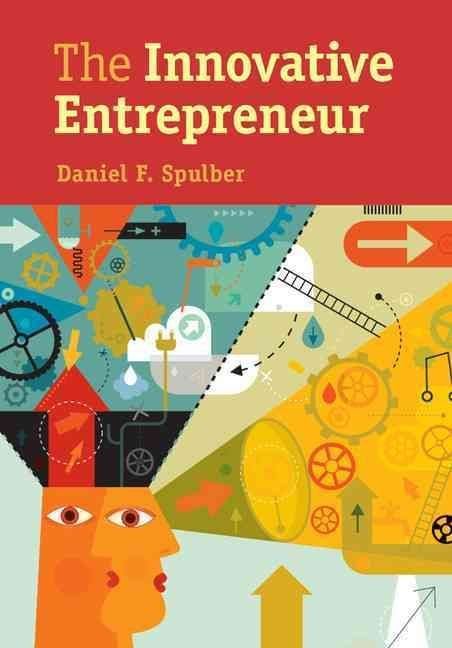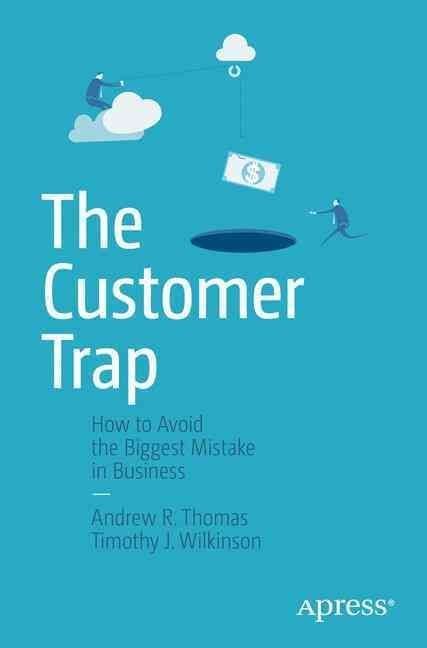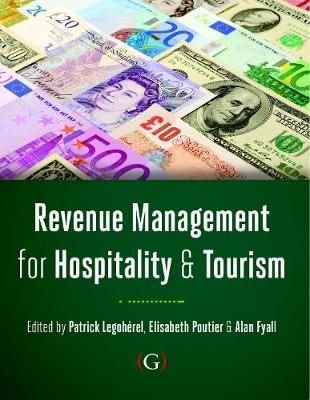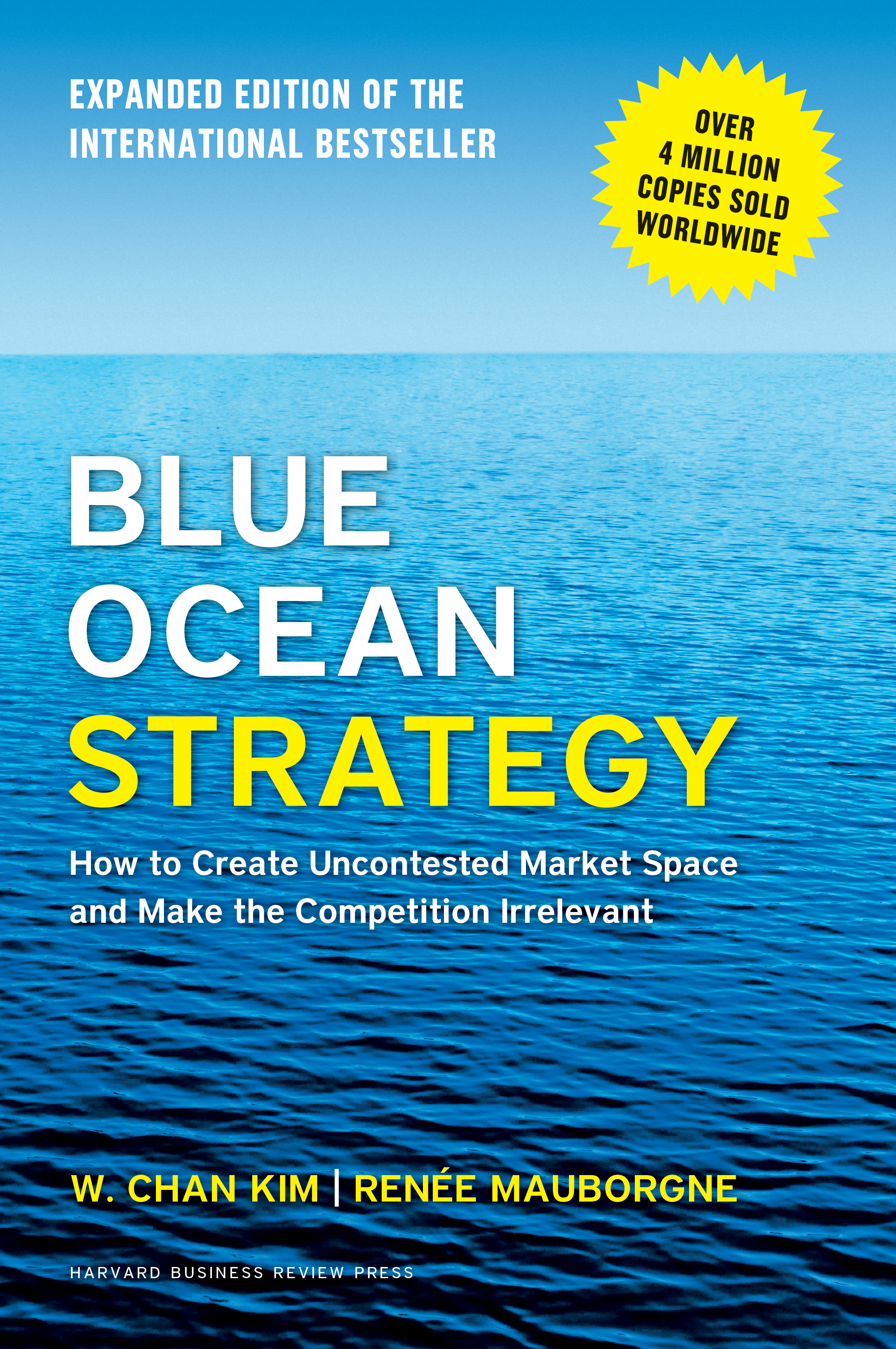Much like the popular myth that a bumblebee’s flight is aerodynamically impossible, experts often suggest that innovative entrepreneurship is economically impossible. Entrepreneurs must be irrationally optimistic because there are few economic returns to innovative entry. Entrepreneurs cannot innovate effectively because incumbent firms have better complementary assets. Entrepreneurs cannot possibly innovate because only incumbent firms have the necessary size and market power to support innovation. Andyet, they fly! Innovative entrepreneurs add value to the economy through individual initiative, creativity, and flexibility. Innovative entrepreneurs help to overcome two types of institutional frictions. First, existing firms may not innovate efficiently due to incumbent inertia resulting from various organizational rigidities. The innovative entrepreneur compensates for incumbent inertia by embodying innovations in new firms. Second markets for inventions may not operate efficiently due to transaction costs (search, bargaining, contracting, monitoring), imperfect IP protections, costs of transferring tacit knowledge, and imperfect information about discoveries. The innovative entrepreneur addresses frictions in markets for inventions through own-use ofdiscoveries and adoption of innovative ideas. This chapter presents a dynamic economic framework that will be applied to study the innovative entrepreneur. The entrepreneurial process has three stages: invention, entrepreneurship, and competitive entry–












